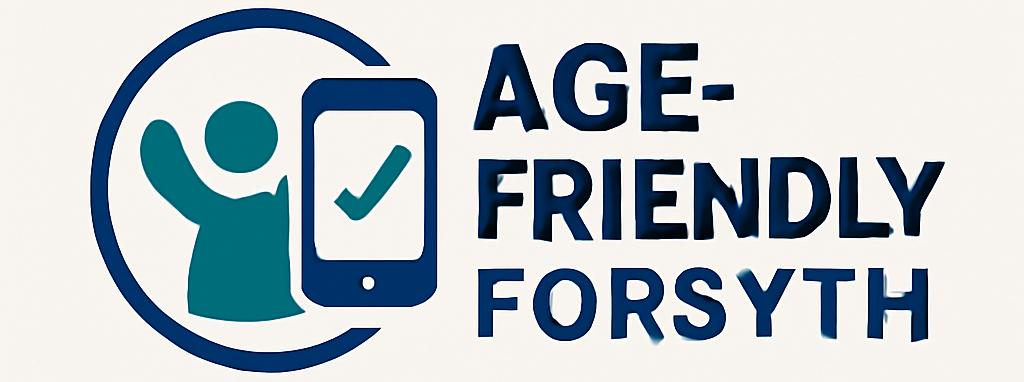The process of restricting background activity of applications on Android devices is a feature designed to optimize battery life and system performance. This functionality limits an application’s ability to run processes, send or receive data, and trigger notifications when it is not actively in use. For instance, if a user seldom uses a social media application, employing this feature would prevent the app from constantly checking for updates in the background, thereby conserving resources.
Limiting background activity is crucial for enhancing the overall user experience on Android devices. By preventing inactive applications from consuming power and memory, this practice extends battery runtime, reduces data usage, and frees up system resources for actively used applications. This feature also plays a significant role in maintaining device security and privacy by minimizing the potential for unused applications to access sensitive data or transmit information without the user’s knowledge. Historically, manually managing application activity was a complex process, requiring specialized technical knowledge. However, modern Android operating systems offer simplified and user-friendly methods for achieving the same result.
